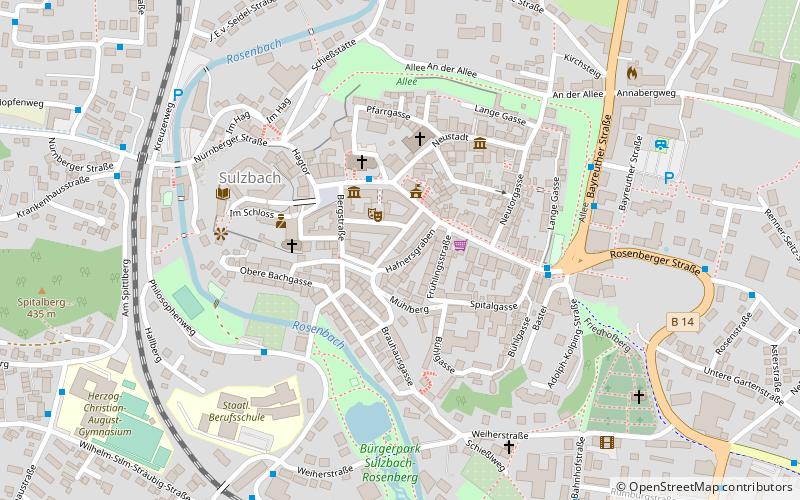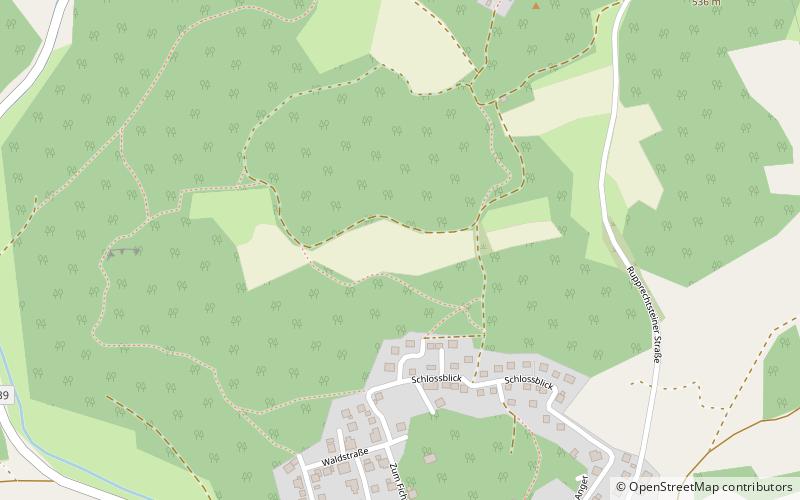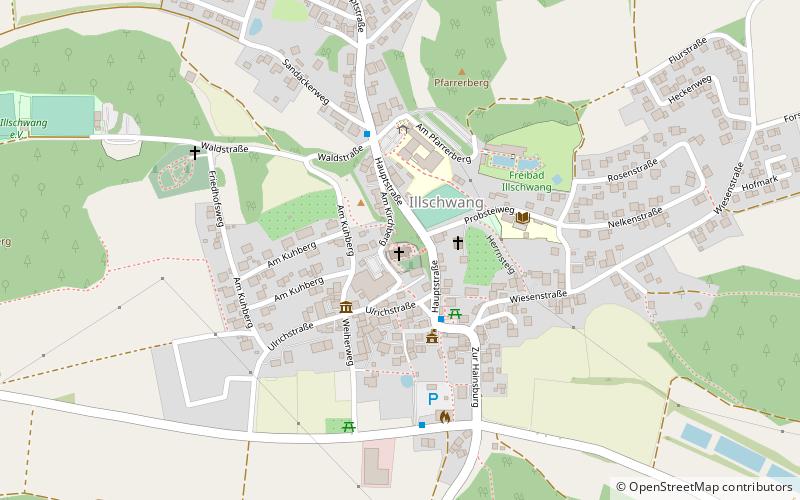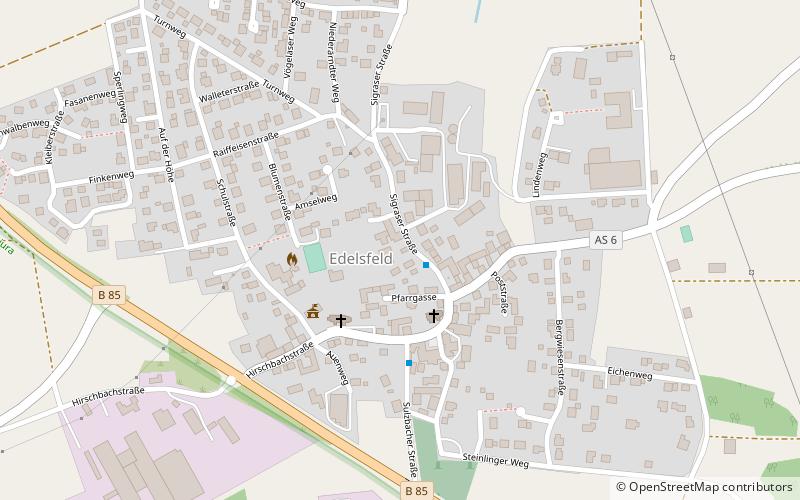Easter Cave
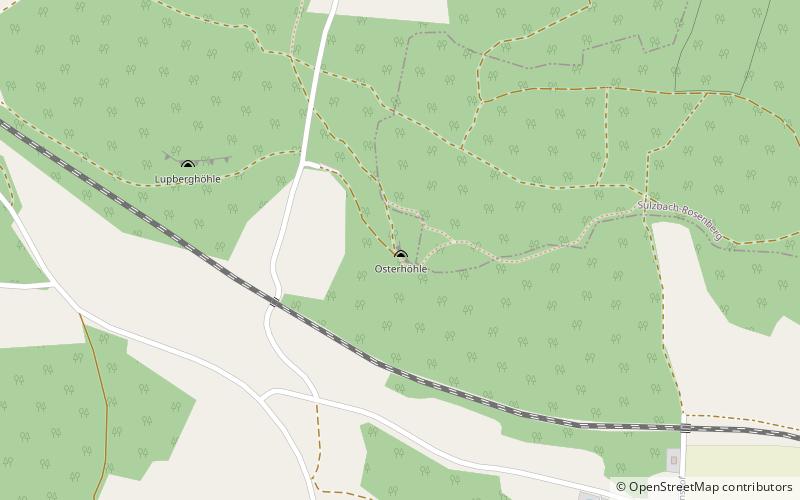

Facts and practical information
Easter Cave is a unique natural treasure located in Germany. Although it is not as well-known as other European caves, it is an interesting spot for lovers of underground exploration and geology.
This cave, hidden within the German landscape, attracts attention with its corridors and chambers, which have been formed by nature over thousands of years. Inside the Easter Cave, visitors can admire stalactites and stalagmites, which create fantastic rock formations. Some of them evoke shapes associated with the Easter tradition, hence the name of the cave.
Interest in Easter Cave especially increases during the festive period, when special thematic tours are organized, combined with local traditions. Guides often talk about the geological history of the cave and its significance for the regional ecosystem.
Inside the cave, there is a constant, low temperature, and the humidity of the air is high. This is an ideal environment for many species of bats, which use the cave as a refuge. Therefore, Easter Cave is also an important site for scientists studying these mammals.
However, visitors must remember to exercise appropriate caution and respect for the delicate ecosystem of the cave. Entry is only possible with a guide, and the number of tours is limited to minimize the impact of tourism on the natural environment.
Bavaria
Easter Cave – popular in the area (distance from the attraction)
Nearby attractions include: Schloss Neidstein, Synagogue of Sulzbach, Etzelwang, Illschwang.


